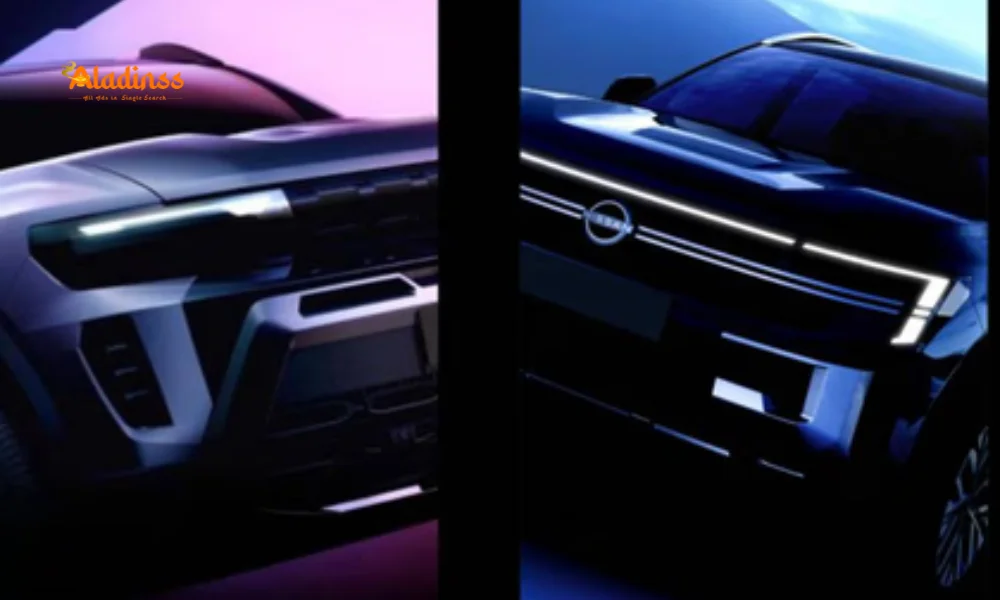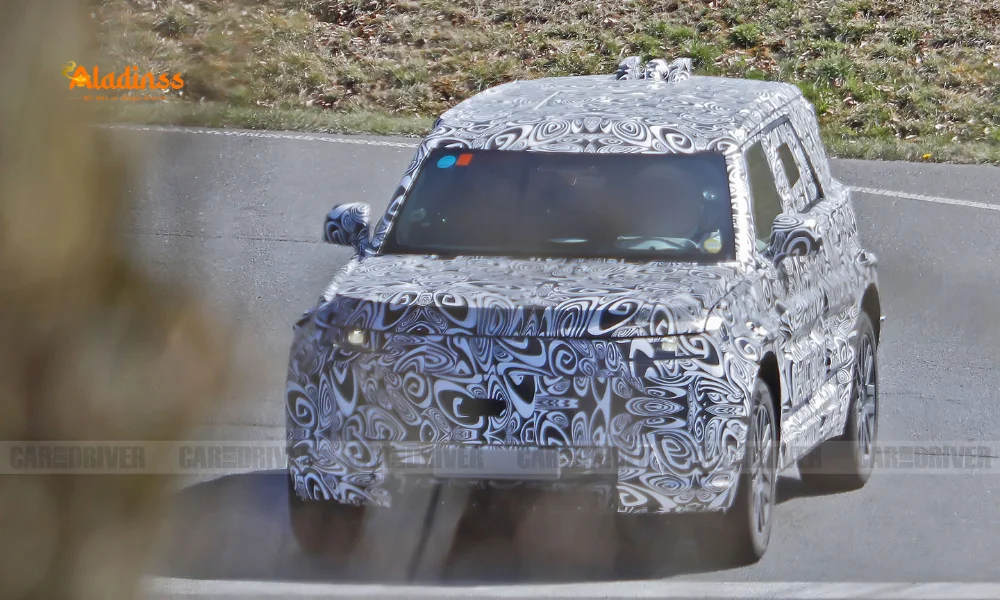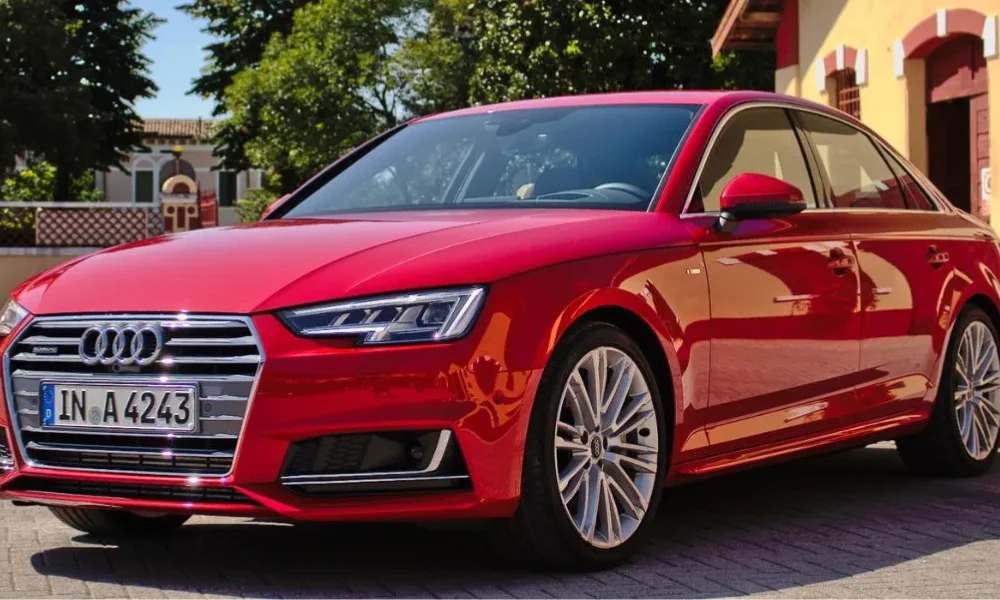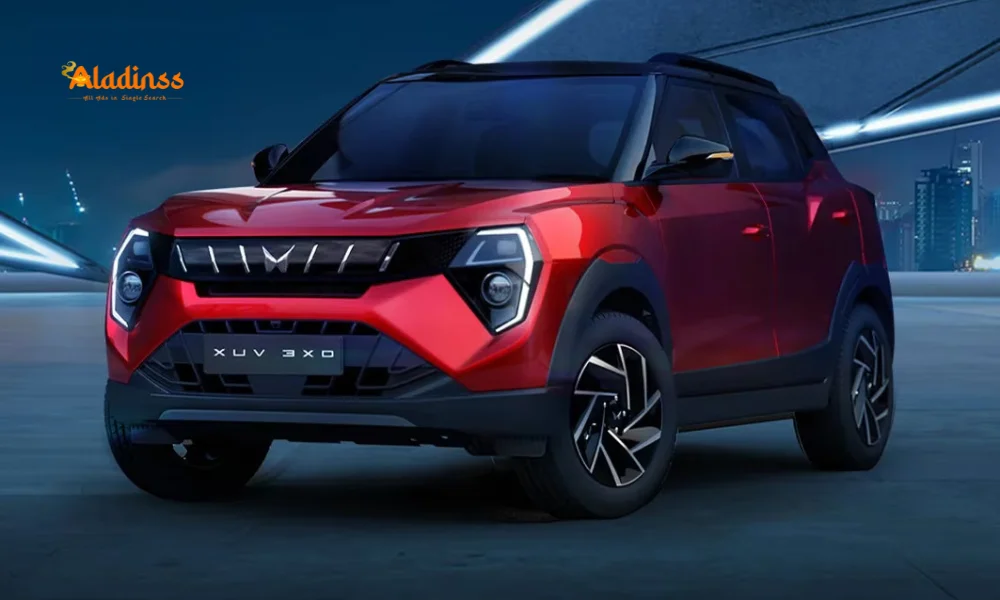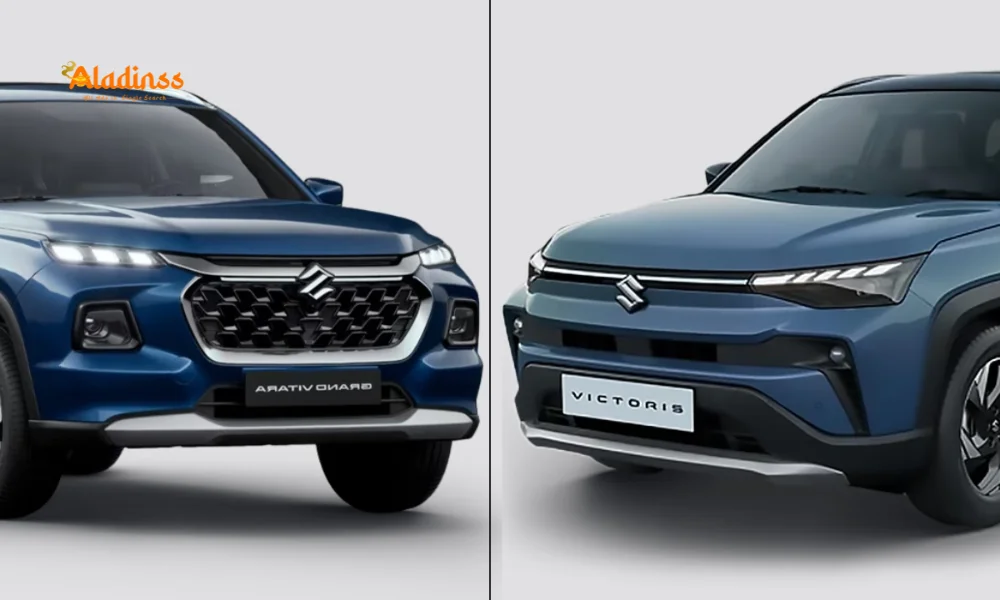Renault Kwid Spied: EV or Facelift?
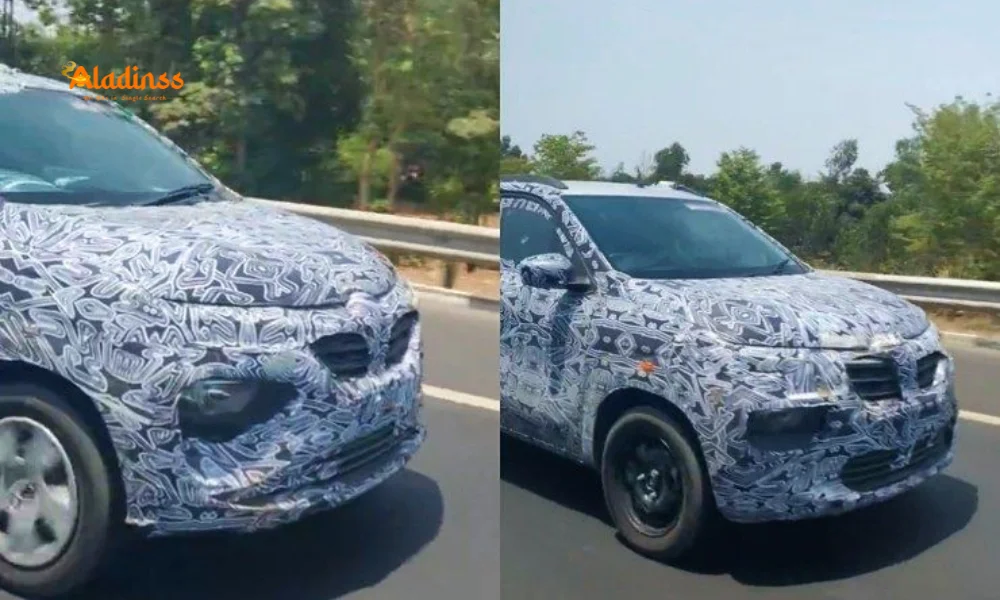
Renault Kwid Spied Testing: EV or Updated ICE? Modern Cabin and Facelift Revealed
A heavily camouflaged Renault Kwid test mule spotted on Indian roads has sparked speculation on whether it's an updated internal combustion engine (ICE) version or the much-anticipated Kwid EV, with a launch eyed for late 2025 or early 2026. The prototype boasts a revamped front fascia with LED DRLs, halogen headlights, and a fresh Renault logo, while the side profile retains the familiar squared wheel arches and flap door handles of the current Kwid. Rear changes include new tail lamps, a redesigned bumper, roof spoiler, and wiper, hinting at a facelift to keep the entry-level hatchback competitive against rivals like Tata Tiago EV and MG Comet EV.
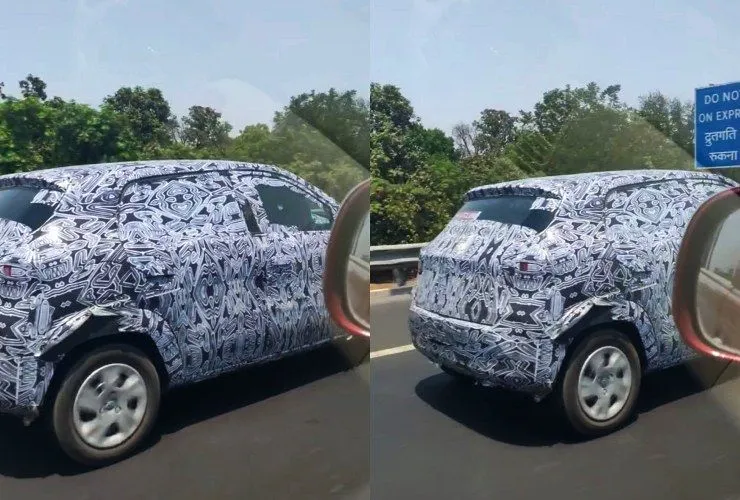
The most striking update is inside: A large floating touchscreen with a modern UI, new steering wheel, and digital instrument cluster suggest a premium cabin refresh, aligning with Renault's recent Kiger and Triber updates. While powertrain details remain unclear, the higher ride height and enclosed grille point towards the Kwid EV, a rebadged Dacia Spring EV with a 26.8 kWh battery offering 220 km WLTP range, expected to start at Rs 7 lakh.
Renault Kwid Test Mule Exterior: Facelift Clues and EV Indicators
The spied Renault Kwid test mule, captured near Chennai with Tamil Nadu registration, features a split-headlamp setup: Slim LED daytime running lights atop a blacked-out housing, with halogen projectors below, echoing the Dacia Spring EV's design. The front grille is blanked for charging port camouflage, a hallmark of EVs, while the bumper's large air intakes likely cool the battery pack. Sideways, it mirrors the current Kwid's compact 3,678 mm length, 1,580 mm width, and 1,473 mm height, but rides higher-suggesting EV ground clearance for urban potholes.
At the rear, vertically stacked reflectors frame new C-shaped tail lamps, a reworked bumper with diffuser accents, and an integrated spoiler for aerodynamics-EV-specific for range efficiency. Steel wheels with covers maintain the budget ethos, but alloy options may debut. This Renault Kwid spied test mule EV or ICE dilemma leans electric, as ICE updates rarely warrant such heavy wraps, per spy shots from July 2025 near ARAI Pune.
Also Read: E20 Fuel India: Rollout & Insights
Interior Upgrades in Renault Kwid Test Mule: Tech-Focused Cabin Refresh
Peeking inside the Renault Kwid spied test mule reveals a modern dashboard with a 10-inch floating touchscreen dominating the center console, running a fresh UI with wireless Android Auto/Apple CarPlay and navigation. Below, physical climate controls and USB ports ensure usability, while the steering wheel-borrowed from higher Renaults-features a new logo and multi-function buttons. A 7-inch digital instrument cluster displays EV metrics like range and regen braking, or ICE readouts if petrol-powered.
Seats in beige or black upholstery with fabric inserts promise comfort for four, plus a fifth squeeze, and rear AC vents enhance family appeal. Safety teases include six airbags, ABS, ESC, TPMS, and ISOFIX, elevating the Kwid beyond its basic tag. This cabin leap, akin to Kiger's, targets millennials, with the Renault Kwid EV or ICE debate tilting electric for seamless integration with the Dacia Spring's 10-inch setup.
Powertrain Puzzle: Renault Kwid EV Specs vs. ICE Carryover Possibilities
Distinguishing the Renault Kwid spied test mule EV or ICE hinges on powertrain hints: The blank grille and higher stance scream EV, mirroring the Dacia Spring's 26.8 kWh battery and 33 kW (45 hp) motor for 220 km WLTP range, 0-100 kmph in 19.2 seconds, and fast charging to 80% in 40 minutes. Priced at Rs 6-10 lakh, it rivals Tata Tiago EV (Rs 8.69 lakh, 315 km range) and MG Comet EV (Rs 7.98 lakh, 230 km).
If ICE, expect the 999 cc 0.8L SCe engine's tweaks to 68 PS/91 Nm, with AMT or manual, plus CNG option for Rs 5-7 lakh pricing. The prototype's lack of exhaust visibility and battery-like intakes favor EV, as Renault eyes 10% EV sales by 2026, post-Kiger EV delays. ARAI testing in Pune confirms 2025-26 launch.
Renault's Lineup Refresh: Kwid in Context of Kiger and Triber Updates
Renault's aggressive refresh follows the Kiger facelift (Rs 6.00-11.20 lakh, 9-inch touchscreen, 999 cc engine) and Triber update (Rs 6.00-8.98 lakh, 7-inch cluster, CNG), signaling a sub-4m ecosystem upgrade. The Kwid, Renault's volume driver since 2015 (over 8 lakh units), needs this facelift to combat sales dips from 15,000/month to 8,000, against Swift's 20,000.
EV pivot addresses India's 1.5 million unit EV target by 2030, with Kwid EV's Rs 7 lakh entry undercutting Tiago EV. ICE version could add ADAS basics, but EV's 220 km range suits urban commutes, per Renault-Nissan alliance goals for 50% electrification by 2030.
Expected Launch Timeline and Pricing for Renault Kwid EV or Facelift
Renault Kwid spied test mule points to a 2025-26 launch, with EV favored for festive season buzz. Spied in July 2025 near Chennai, it follows June flatbed sightings in Pune for ARAI homologation. Pricing: EV Rs 6-10 lakh (base 26.8 kWh to top 45 kWh), ICE Rs 4.5-6.5 lakh with BS6 2.0 norms. Features like 10-inch screen, ventilated seats, and 360-camera could elevate it, competing with Tiago EV's Rs 8.69 lakh base.
Renault's Rs 1,500 crore EV investment, including Kwid EV's shared platform with Nissan, targets 10% market share, with subsidies under FAME-III boosting affordability.
Rivals and Market Positioning: Kwid EV vs. Tiago EV, Comet EV
The Renault Kwid spied test mule EV or ICE will slot below Kiger EV, targeting budget buyers. Vs. Tata Tiago EV (Rs 8.69-12.03 lakh, 315 km range, 61 PS), Kwid EV's 220 km and 45 PS undercuts on price but lags performance. MG Comet EV (Rs 7.98-9.83 lakh, 230 km, 42 PS) matches affordability, but Kwid's 5-seater edge wins families. Citroen eC3 (Rs 11.45 lakh, 320 km) competes on range, but Kwid's urban agility shines.
ICE Kwid would refresh vs. Swift (Rs 6.49 lakh, 82 PS), adding tech without EV premiums, broadening Renault's sub-Rs 10 lakh play.
Renault's EV Strategy: Kwid as Entry to Affordable Electrification
Renault's Renault Kwid spied test mule EV aligns with the alliance's Rs 1,500 crore EV push, aiming 10% sales by 2026 via shared platforms with Nissan. Post-Kiger EV delays, Kwid EV's Dacia Spring base ensures cost efficiency, with 26.8 kWh pack for city use and 45 kWh for highways.
Safety upgrades-six airbags, ESC, AEB-meet Bharat NCAP 5-star ambitions, while FAME-III subsidies could trim Rs 1-1.5 lakh off prices. Renault eyes 50,000 units/year, leveraging Kwid's 8 lakh legacy for EV transition.
As spy shots multiply, the Renault Kwid EV or ICE reveal promises Renault's budget revival, blending heritage with green innovation.
Comment / Reply From
No comments yet. Be the first to comment!
